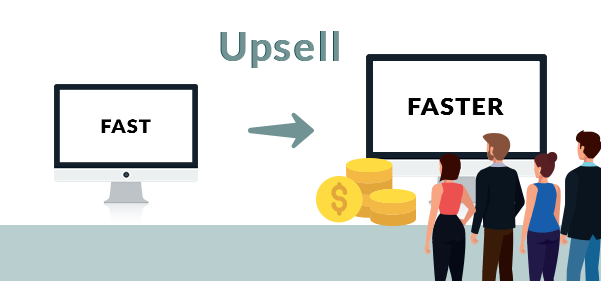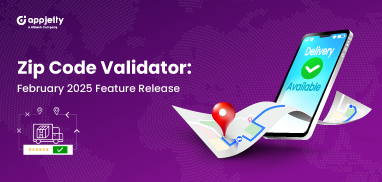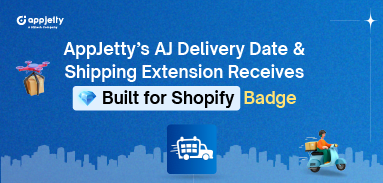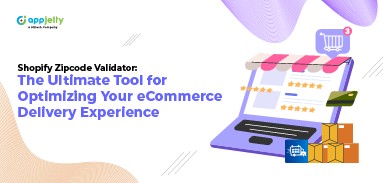A good marketing tool can win the maximum engagements and sales. However, marketing your products is not as hard as it sounds but it is not a cake walk either. You need proper market research, audience understanding, helpful marketing apps, and some magic spells of marketing strategies! You might have heard about upselling and cross-selling, right? But do you know how exactly they work and how you can benefit your business? That’s what we will see in today’s blog.
As Shopify is the most popular platform for eCommerce stores, we will be talking about the strategies and tactics that can be helpful on Shopify. These magic spells are easily applicable and can turn your stores into a sales machine if used correctly. As said before, you will need some useful marketing apps for different things like tracking sales, abdomant cart management, bulk editor, currency converter, etc. You can have one bundle app of 28 such helpful apps with CommerceXpand.
Let us start our blog with the introduction of the ‘well-known’ marketing tactics
3 Magical Tactics: Upselling, Cross-Selling, and Downselling
Let us first understand all the 3 tactics with an example where you want to sell a shampoo.
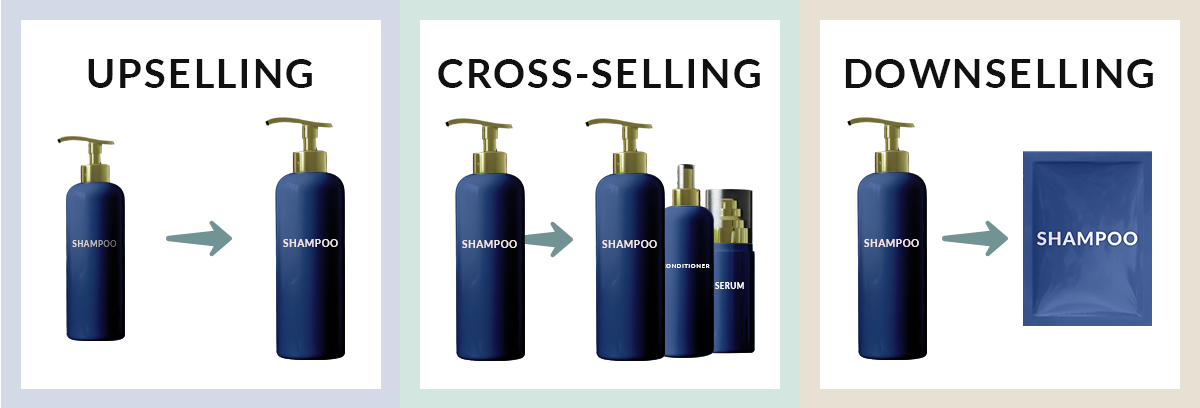
Cross-selling – To sell more products, cross-selling is the best strategy to apply. You can make bundles of relevant products such as keeping shampoo, serum, and conditioner together. When the buyer searches for shampoo they will see these bundles with a price that would be lesser than the price if bought separately. This way they will probably end up buying the bundle products rather than one product.
Downselling – Don’t let your customer go empty-handed. If they have less budget than the shown items, you can display products that may be relevant to their needs and budget. For instance, here you can show sachets of shampoo rather than the bottle of shampoo. You need to keep the options relevant in all senses. This way they will buy the sachet because they need the shampoo but do not want to buy the entire bottle.
These techniques help in introducing and marketing your products to the customers really easily and it’s always a win-win for both buyers and sellers.
You can just put some suggestions of newly launched products and cross-sell multiple products.
You can even upgrade a product with new features and upsell them for more revenue.
Selling something is better than closing with zero sales, right? Here, downselling helps you to sell the products under buyer’s budget and interest.
But the real question here is how can you use these techniques effectively. For that, here’s a blog packed with all the pro strategies of ‘how a Shopify owner can upsell their products’
Upsell Like a Pro With Below Strategies
Sun Tzu once quoted, ‘Tactics without strategy is the noise before defeat.’ Thus, just understanding what these three tactics are will not sail your sales boat. You also need relevant strategies to implement these tactics in the best manner possible. And that’s exactly what we have for you. Here how to upsell on Shopify:
1. Show Steals and Get Sales: The Decoy Effect
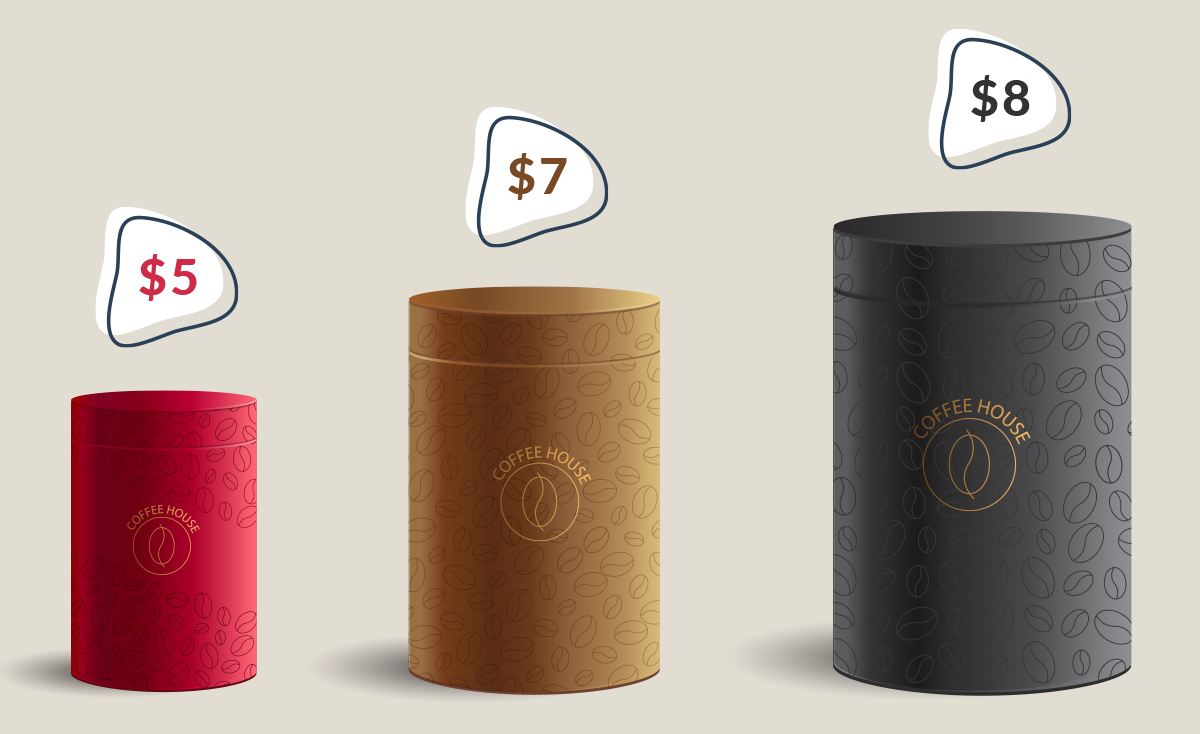
Apple keeps using the decoy effect most of the time to attract the buyers towards their target product. It keeps the price of the highest capacity device close to the decoy product. The company displayed three price offerings for its 13inch MacBook Pro to sell more high priced products. It does the same with iPhones too.
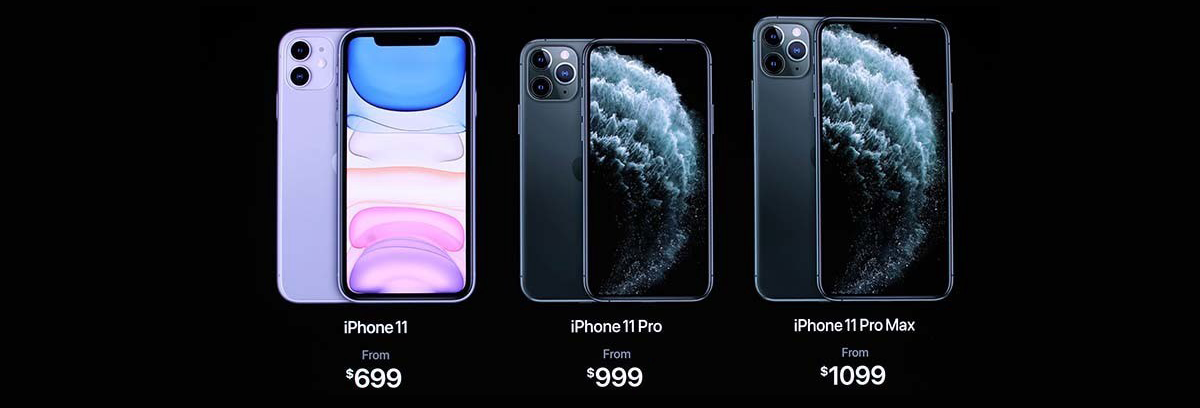
No matter how aware the buyers are about this effect, it still manages to trick them most of the time.
You too can implement this upselling strategy for boosting your sales of Shopify stores. For this, ensure you are comparing three products in a way that the targeted one looks as a steal. Price setting is the most crucial step here. Set the price of all the three close to each other in an increasing format.
2. Personalization Always Does Wonders
Personalization is a win-win for both buyers and sellers. You might be aware of personalized recommendations. Suggesting personalized recommendations holds the power of engaging customers, selling more products, and reducing cart abandonment rate. For personalizing the recommendations, you need to:
- Address them by their names
- Recommend purchases based on purchase history
You can also display an advanced model of their purchased product in the recommendations to upsell the new launches and other products in general.
3. A Bundle is Better Than One
Suppose you are searching for acrylic colors, tell me what would you buy if these are the three options given to you:
- A box of 12 acrylic colors in its original price
- A box of 12 acrylic colors with a set of brushes with discounted price
- A box of 12 acrylic colors with a set of brushes and a pair of canvas with an limited offer
There are high possibilities that you will choose either of the last two options. The ‘selling in bundle’ trick works well with all the products. You just need to add relevant product bundles on the display. For this, you can use CommerceXpand’s ‘Product Bundles’ app. It will enable you to add multiple bundles, edit the number of products, and even delete the products and bundles as per your requirement.
4. Offer Purchase Options on ‘Thank You’ Screen
This is a Shopify post purchase upsell strategy. Once the customer has placed their order successfully, you can display a thank-you page before the final check-out. I am sure most of you might be doing this already, but what most of you may not be doing is using the thank-you page for upselling your products. The main benefit of this marketing would be that it will not hamper their current cart in any way.😇
You can display:
Relevant products that are complementary to their purchases – This will make them form their own bundles and buy multiple products rather than one. You just need to create a sense of ‘requirement and relevancy’.
Discounted products – Who does not fall for discounts? You can sell bundles or complementary items at a discounted price. This will attract them and probably convince them to add those products straight to the cart.
Limited offer applicable products – The ‘fear of missing out’ is real. Create a sense of urgency in the buyer’s mind with limited offer labels on some products or bundles. You can also display them as ‘limited to this purchase only’. This will convince them that it is a ‘steal deal’ and they should not miss on exclusive offers like those.
These Shopify upsell after purchase strategies will help you to higher up your store’s engagements and sales count
5. Use Emails to Keep the Buyers Updated With New Launches
As strange as it may sound, people check their emails more than social media sites. More than half of the people on the internet, 58% of them check their email first thing in the morning even before weather forecast apps. Sending regular emails for marketing can be a bit annoying, but sending relevant emails can be a sales booster. You can use email marketing tools like ConvertKit or other alternatives for automating your marketing processes.
You can use emails to update your buyers about new launches, offers, discounts, and other events that will be going live on your Shopify store or are on-going on your Shopify store. You can also give them a button to turn on the notifications for new launches.
6. Cook Excitement With the ‘Pre-Order’ Ingredient
You don’t want the customer to leave your site with a sad face watching their favorite products out of stock, right? Here, a ‘pre-order’ button, ‘notify me once this product is back’ option, and providing ‘substitutes’ for the sold out items are the best of three options to offer. Always have some or the other thing to offer or show to the buyers. In the urgency, they might also end up buying a substitute option.
By clicking on the ‘pre-order’ button, they can get notifications or emails when the product is back in stock or you have finally launched the new product, etc.
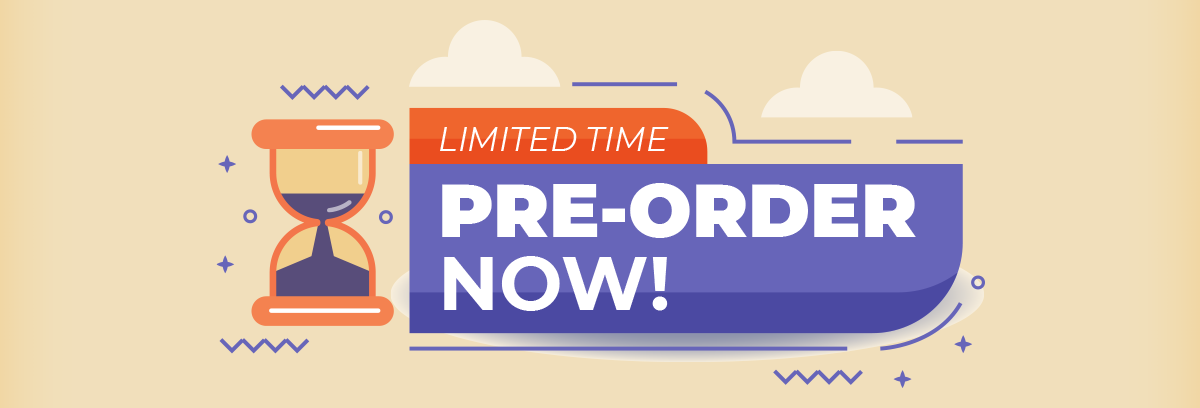
You can use our ‘pre-order’ app of CommerceXpand that enables your customers to pre-order the unavailable or upcoming products. Admin can decide where the button needs to be displayed specifically. Plus, admin can set the time limit for the button visibility. So, you don’t have to keep reminders for removing it on the decided date.
What Not to Do While Upselling a Product on Your Shopify Store?
You might have heard the famous Steve Jobs quote , ‘Deciding what not to do is as important as deciding what to do.’ This applies in marketing your products on Shopify stores too. The mastery of deciding ‘what not to do’ comes from the knowledge of ‘what to do’. Learning from your own mistakes is a good thing to follow but why make mistakes in the first place when we have a list of ‘don’ts’ ready for you to follow?
Don’t Misunderstand Your Audience
The most common mistake store owners do is misunderstanding their audience, but you can avoid that now. This misunderstanding leads to mass loss for the company because if you don’t know your audience’s interests and are unaware about their demands, then how can you make a product that they will buy?
So, ensure that you know answers to these following questions:
- Which age group they belong to
- What are their interests
- What do they search on your website
- Where do the mass audience reside
- What are their growing demands
- What can be their budget range
These answers will help you to attain a ‘customer-centric’ website which by the way will be flourishing with revenues at your store.
Don’t Stretch it to the ‘Too Pricey’ Category
Upselling is surely about adding additional features in the product and selling for more price, but you cannot keep a sticker book with 30 pages for $5 and a sticker book of 50 pages for $15.
The trick of upselling is to convince buyers to buy the slightly higher rated product because of some additional added features or quantity. But you cannot display a difference so broad that buyers find it expensive as per their budget and needs and end up with buying the ‘only necessary’ products.
Don’t Pressure Your Buyers to Purchase
Shooting the buyers with upsell offers as soon as they open the site can be annoying. The key to boost your revenue through upsell technique is to know when you need to use this technique.
However there is one strategy you can use to smoothly interest the buyers into your higher-priced model. You can do this by displaying reviews in the star format of all the products on the main display itself. If your higher-priced model has more ratings then your 80% work is done there. Around 95% of consumers read reviews before they buy anything. So, it is likely that buyers are going to get attracted and convinced by those star ratings.
For managing the reviews, you need apps like Product Reviews from CommerceXpand. It is an app for Shopify store owners. It enables the customer to add a review, and allows the admin to select from various review publishing options. It has options like auto-publish the review or review and publish. It even has control features like unpublishing the review and editing reviews.
Don’t Overwhelm Them With Unlimited and Irrelevant Recommendations
To master the art of upselling, you should always keep your customer’s needs in the center. Someone looking for sports shoes might not be interested in formal shoes. But, they would surely be interested in sports shoes with advanced features and trendy styles. Thus suggesting different styles of sports shoes would be helpful and relevant here, rather than suggesting different types of shoes.
Plus, ensure you have useful and limited suggestions on a site page. For instance, you can display basic, advanced, and most selling sports shoes as the suggested options. This will build clarity in the buyer’s mind, will display comparison in an indirect way, eventually leading to customers buying the sports shoes with advanced features.
Don’t overwhelm them with never-ending suggestions otherwise they will stay confused and will leave your Shopify store in confusion and frustration.
Leverage These Upsell Strategies With CommerceXpand
After reading a blog packed with tips, tricks, strategies, and secrets, you might be wondering how to get all of the benefits of these tactics from one app. I have an answer for you – through CommerceXpand. We have a bundle of 28 apps and each app has its exclusive features and benefits for your Shopify store. These will provide your store with the ultimate power of marketing and selling your products in the most effective way possible.
All product and company names are trademarks™, registered® or copyright© trademarks of their respective holders. Use of them does not imply any affiliation with or endorsement by them.


